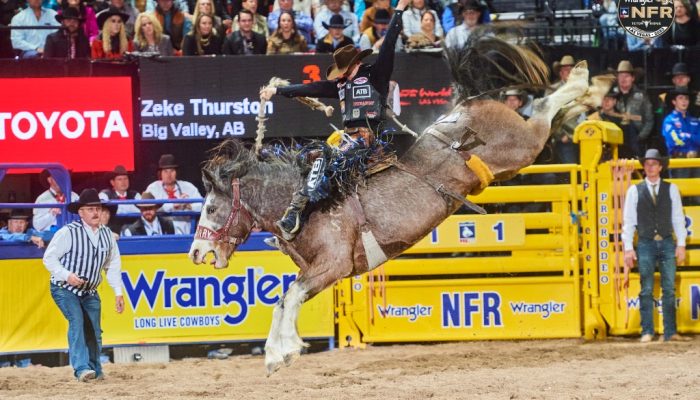
The Dragons announced that 2006-born forward Jacob Goudreau has committed to play division one hockey at Lindenwood University.
Goudreau, who is a native of St. Albert, Alberta is currently in his second season with the Dragons and has posted 12 goals and 19 points in 33 games played. Jacob was awarded the Dragons “Hardest Working Player” Award last season and is known for his great work ethic and physical style of play.
He is trusted in all situations as he plays on both the Dragons top penalty killing unit and powerplay unit. As a young player, he plays an important leadership role in the locker room and is very well liked by his teammates. Goudreau will join Dragons teammate Adam Raesler at Lindenwood in the future, as the two Dragons have both announced their commitment there within the past few weeks.
You can watch the newly committed Jacob Goudreau this Thursday at the Memorial Arena as the Dragons take on the Canmore Eagles at the Draogns Alumni Game, wrapping up the 2023 calendar year.









